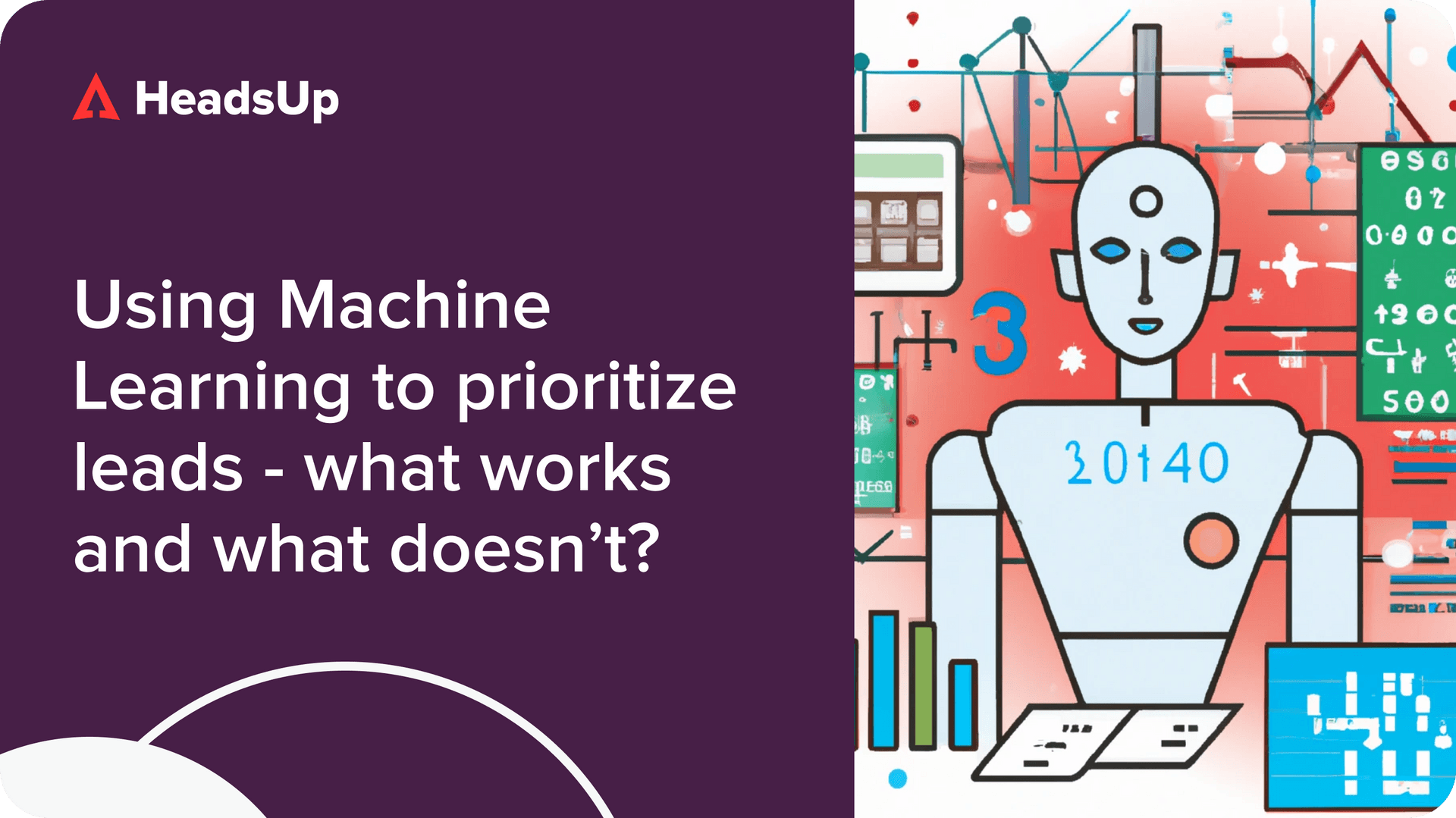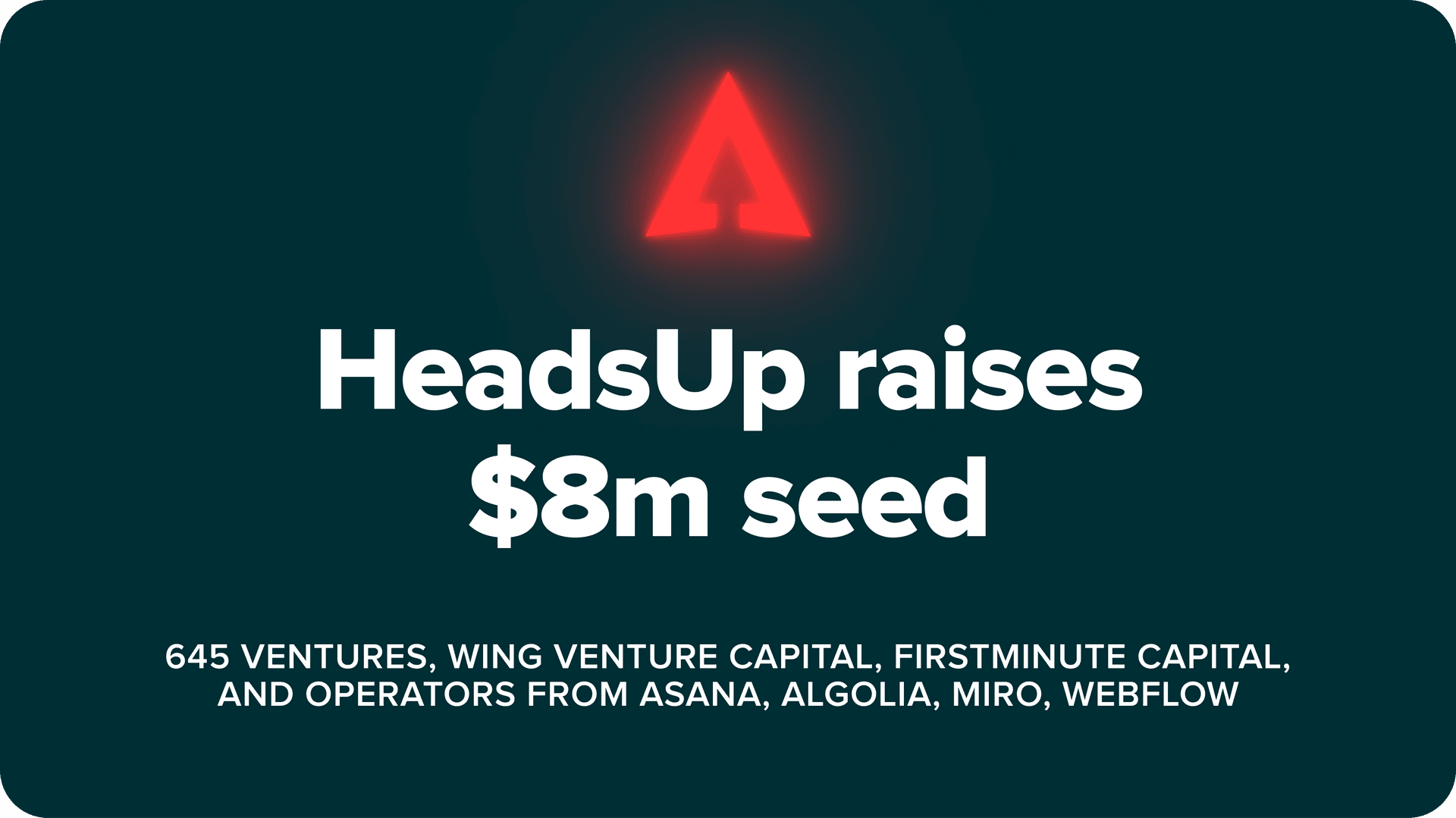PandaDoc is a document automation platform that recently reached a $1 billion valuation with its Series C fundraising.
The company saw its market expand significantly in the pandemic, as businesses shifted rapidly to remote work and the need for electronic document processing grew.
And it moved decisively to seize the opportunity. Within 48 hours of news of global pandemic lockdowns reaching the company’s go-to-market teams, a decision was made to launch a freemium product—allowing users unlimited uploads and sharing of documents for e-signatures and use of an integrated payments feature.
This represented a significant shift away from the company’s previous 14-day free trial offering, and initially raised questions about risks of their free product cannibalizing their paid product.
However, the company was convinced that this was the right move in a highly competitive landscape in which customers’ expectations of being able to use a free product before paying are growing. And their conviction has paid off—PandaDoc’s base of paying customers has grown exponentially to over 30,000.
Central to how PandaDoc has been able to leverage its new freemium motion to drive revenue has been a system that drives upsell with Product Qualified Leads (PQLs).
To gain insight into how the company built this system and how it has helped optimized the PandaDoc sales funnel, we spoke to Bernard Desarnauts, VP of Product at PandaDoc.
Product Qualified Leads improve PandaDoc’s customer journey and sales funnel
By building a PQL system, PandaDoc hoped to optimize its go-to-market operations in two key ways.
First, the team had a hypothesis that sales outreach too early in a user’s lifecycle reduced the chances of deal closing as it negatively impacted the customer experience. Users don’t react well to being upsold before they have had the opportunity to explore the product and see for themselves the kind of value it can add to their workflows. Identifying PQLs would allow PandaDoc’s user engagement teams to reach out and upsell only when a user was ready.
Second, the company sought to drive higher efficiency in its sales team by having sellers focus on a smaller number of higher-intent opportunities to maximize conversion rate. PandaDoc traditionally used a Marketing Qualified Lead (MQL) model—which scored users based on firmographics. Many MQLs, however, ended up not being qualified for upsell when engaged. By adopting a PQL model, the company aims to deliver to its sellers only opportunities that are likely to result in a closed deal.
In experimenting with our PQL model, we are hoping that we can drive increased conversion for our sales team by giving them a smaller number of opportunities to work on day-to-day; so we can focus on improving the quality of messaging, and increasing the close rate.
Bernard Desarnauts, VP of Product, PandaDoc
Tracking signals of value to identify PQLs
For PandaDoc, determining exactly which product behaviors are indicative of upgrade intent in order to define PQLs was a key first step.
Unlike the scoring-based MQLs that the team previously used, the PQLs that the team hoped to create were to be strictly binary: a lead was either a PQL or not. This characteristic of PQLs also aligned strongly to the objective of the PQL system the company was setting up—to deliver to sellers only a narrow list of targets to engage each week, rather than a long, ranked list of leads that sellers would have to further sort and prioritize on.
In the initial definition of which usage signals should feed into PQL criteria, PandaDoc looked both to the intuitive usage milestones aligned to the core value proposition of its product — for instance, number of documents sent for signature, or number of document templates used — and also other metrics that the data science team experimented with like a threshold average length of time spent per session using the platform.
Iterative feedback loops are key to building PQLs
One core principle PandaDoc has built its PQL initiative around is that finding the right set of usage criteria to predict upgrade intent is more a long term process of constant refinement, and less a one-off exercise to discover a perfect set of criteria.
There is no magic to it. It’s an iterative process. We are building customer journeys, we have our data team working on measuring signals better, and our PQL models will just get better over time.
Bernard Desarnauts, VP of Product, PandaDoc
The approach the company adopts in building PQL models is accordingly highly iterative and experimentative. PandaDoc’s data science team works in close collaboration with its revenue operations team to map out customer journeys and test different criteria and thresholds to constantly improve the predictive power of their PQL definition.
This way, the company is not only able to immediately improve the efficiency of sales resources by focusing upsell on PQLs, which are much more likely to convert to paying customers than MQLs, but also create a culture and process that drives constant improvement in revenue efficiency across its sales organization.


